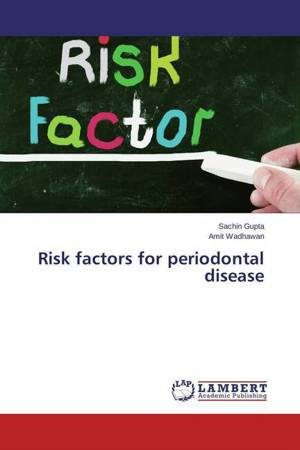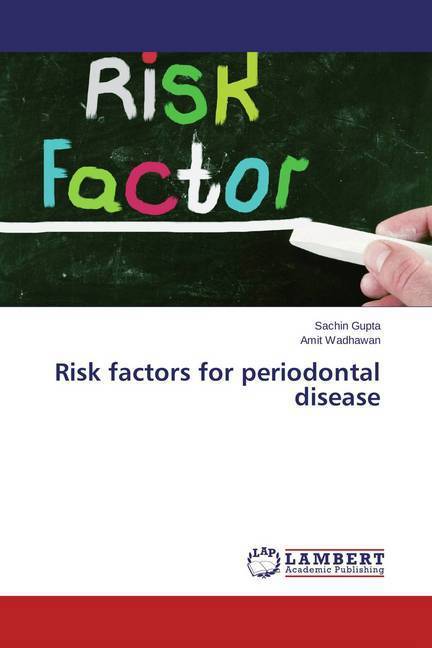
Bedankt voor het vertrouwen het afgelopen jaar! Om jou te bedanken bieden we GRATIS verzending (in België) aan op alles gedurende de hele maand januari.
- Afhalen na 1 uur in een winkel met voorraad
- In januari gratis thuislevering in België
- Ruim aanbod met 7 miljoen producten
Bedankt voor het vertrouwen het afgelopen jaar! Om jou te bedanken bieden we GRATIS verzending (in België) aan op alles gedurende de hele maand januari.
- Afhalen na 1 uur in een winkel met voorraad
- In januari gratis thuislevering in België
- Ruim aanbod met 7 miljoen producten
Zoeken
€ 54,95
+ 109 punten
Omschrijving
Periodontal disease is predominantly a bacterial infection involving the dental biofilm or dental plaque. Some of the principal periodontal pathogens of the subgingival microbiome have been identified to have virulence potential and are associated strongly with the etiology and the pathogenesis of periodontal disease. Biofilms which cause gingivitis and periodontitis are site-specific, complex polymicrobial communities that are resistant to antimicrobial agents and host defense mechanisms. However, the concept that the rate of progression, age at onset, and severity of periodontal disease in an individual are often determined by systemic risk. Risk factors can be defined as any environmental, behavioural or biologic factor that, when present, increase the likelihood that an individual will develop disaease.1 These are the part of the causal chain for a particular disease or can lead to the exposure of the host to a disease.
Specificaties
Betrokkenen
- Auteur(s):
- Uitgeverij:
Inhoud
- Aantal bladzijden:
- 108
- Taal:
- Engels
Eigenschappen
- Productcode (EAN):
- 9783659795503
- Verschijningsdatum:
- 30/11/2015
- Uitvoering:
- Paperback
- Afmetingen:
- 150 mm x 220 mm
- Gewicht:
- 168 g

Alleen bij Standaard Boekhandel
+ 109 punten op je klantenkaart van Standaard Boekhandel
Beoordelingen
We publiceren alleen reviews die voldoen aan de voorwaarden voor reviews. Bekijk onze voorwaarden voor reviews.









